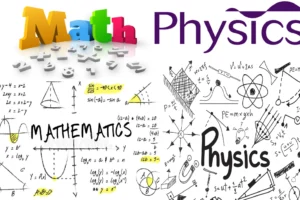
Types of Diplomas in High School
- Posted by admin
- Categories Latest News
- Date April 1, 2025
Did You Know That There Are Different Types of High School Diplomas — and How They Impact Your Future!
There are far more diplomas than laws when it comes to high school graduation. As high school students, it is essential to know and explore the different types of diplomas that helps in the future of a student. Whether you are considering going to college or not, learning about your case options will better help you decide what you want from your education. So, let’s get right into it!
1. A Standard High School Diploma: The normal way
Standard Diploma: Awarded in a traditional high school setting. To do so, students must accumulate the number of credits needed in fundamental areas like English, math, science and social studies. This diploma is widely recognized by colleges and employers.
- Pros: Accepted by most colleges and universities and often required for many entry-level jobs.
- Continue Challenging: Could become lost in the shuffle of competitive college admissions.
2. Advanced/College Preparatory Diploma: College-Bound Scholars
Students wishing to attend college or seeking a more challenging academic experience can opt for an advanced or college preparatory diploma. This diploma provides students with more course work (e.g. honors/AP).
- Pros: Provides an edge for admission into universities and intended scholarships.
- Cons: More rigorous in general world work, increases far the degree.
3. GED: The Equivalency Path
The GED (General Educational Development) test is one popular option for these students who didn’t earn their high school diploma by traditional means. The GED gives people a chance to earn a high-school-equivalency credential by taking tests in subjects such as math, science and language arts.
- Pros: Perfect for non-traditional students; Provides opportunities for college or work.
- Challenges: Some employers or colleges may not view it as favorably as a standard diploma.
4. Specialization Option: Certificate of Completion
Students who complete all coursework typically receive a Certificate of Completion, as opposed to a “regular” diploma because they have not passed the necessary tests or fulfilled the school academic requirements. This is an option that is typical for students with disabilities.
- Benefits: Offers credit for completion of high school coursework.
- Limitations: Does not prepare students for admission to college, and may narrow career options.
5. Personalized Assistance Through Special Education Diploma
Students with severe learning disabilities earn a special education diploma. This diploma is awarded based on the progress students have made toward earning the credits in their Individualized Education Program (IEP).
- Advantages: Adds a successful accomplishment for learners that are different;
- Pitfalls: Not accepted for through college admissions, and whereas it potentially limits employability.
Conclusion: What’s the Right Path for You?
And part of planning ahead is understanding the types of diplomas in high school. If your goals involve college, career or additional training, having an appropriate diploma can have a considerable impact. It’s an invitation to take your time and find what feels right for you.
You may also like

High School Diploma in Visual Arts

High School Diploma in Mathematics and Physics

